"Carefully Drawn by Thoreau MacDonald"
Richard Landon, University of Toronto
Thoreau MacDonald (1901-89), artist, book illustrator, and designer, was born in Toronto, the only child of James E.H. MacDonald, the Group of Seven artist, and his wife Joan. In 1904 his father joined The Carleton Studio in London. The family lived in England until 1907, when they returned to Toronto and the elder MacDonald rejoined Grip Ltd. as a graphic designer and illustrator. Thoreau MacDonald’s love of nature developed early, and it and the tenets of Henry David Thoreau, for whom he was named, would be his strongest influences throughout his life. In 1912 the MacDonalds moved to the Thornhill, Ontario farmhouse where he would spend the rest of his life. In 1917 his father became ill, and during his long convalescence his sixteen-year old son assisted him with the design and lettering commissions upon which the family’s livelihood depended.
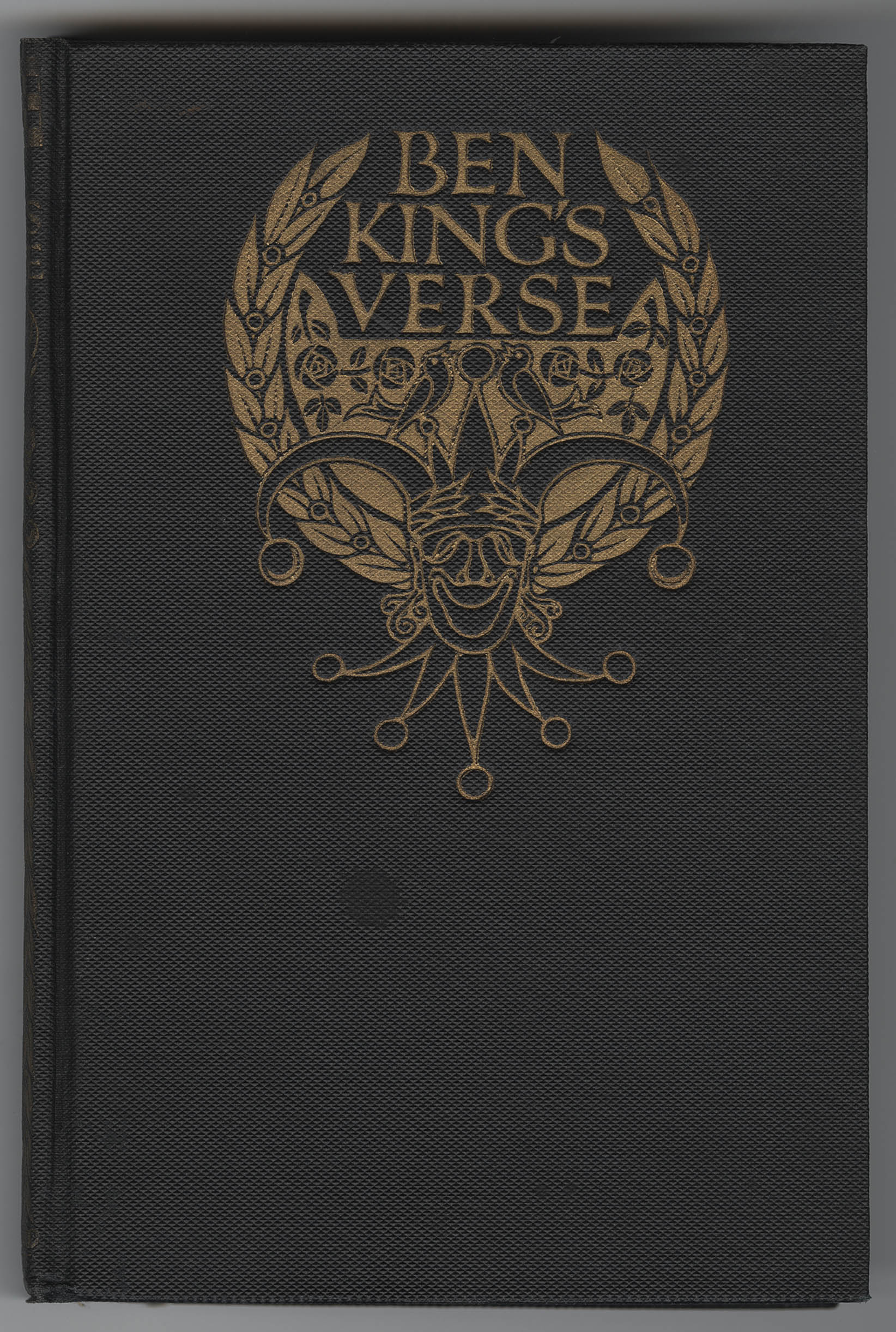 Thoreau MacDonald’s first published work, three lino-cuts, appeared in the Canadian Forum on 22 February 1922. He continued to publish drawings and lino-cuts in the Forum until 1932, acting as art editor for about eight years. His first book, Early Canadian Woodcuts (lately discovered), a privately printed pamphlet of eight leaves, with eight images, but no text, also appeared in 1922. The first commercially published book which included his designs was Ben King’s Verse (McClelland & Stewart, 1923), for which he did the lettering on the title-page, cover, spine, and jacket. He continued to create designs, decorations, and his by now very distinctive lettering, for McClelland & Stewart and other Toronto publishers throughout the 1920s.
Thoreau MacDonald’s first published work, three lino-cuts, appeared in the Canadian Forum on 22 February 1922. He continued to publish drawings and lino-cuts in the Forum until 1932, acting as art editor for about eight years. His first book, Early Canadian Woodcuts (lately discovered), a privately printed pamphlet of eight leaves, with eight images, but no text, also appeared in 1922. The first commercially published book which included his designs was Ben King’s Verse (McClelland & Stewart, 1923), for which he did the lettering on the title-page, cover, spine, and jacket. He continued to create designs, decorations, and his by now very distinctive lettering, for McClelland & Stewart and other Toronto publishers throughout the 1920s.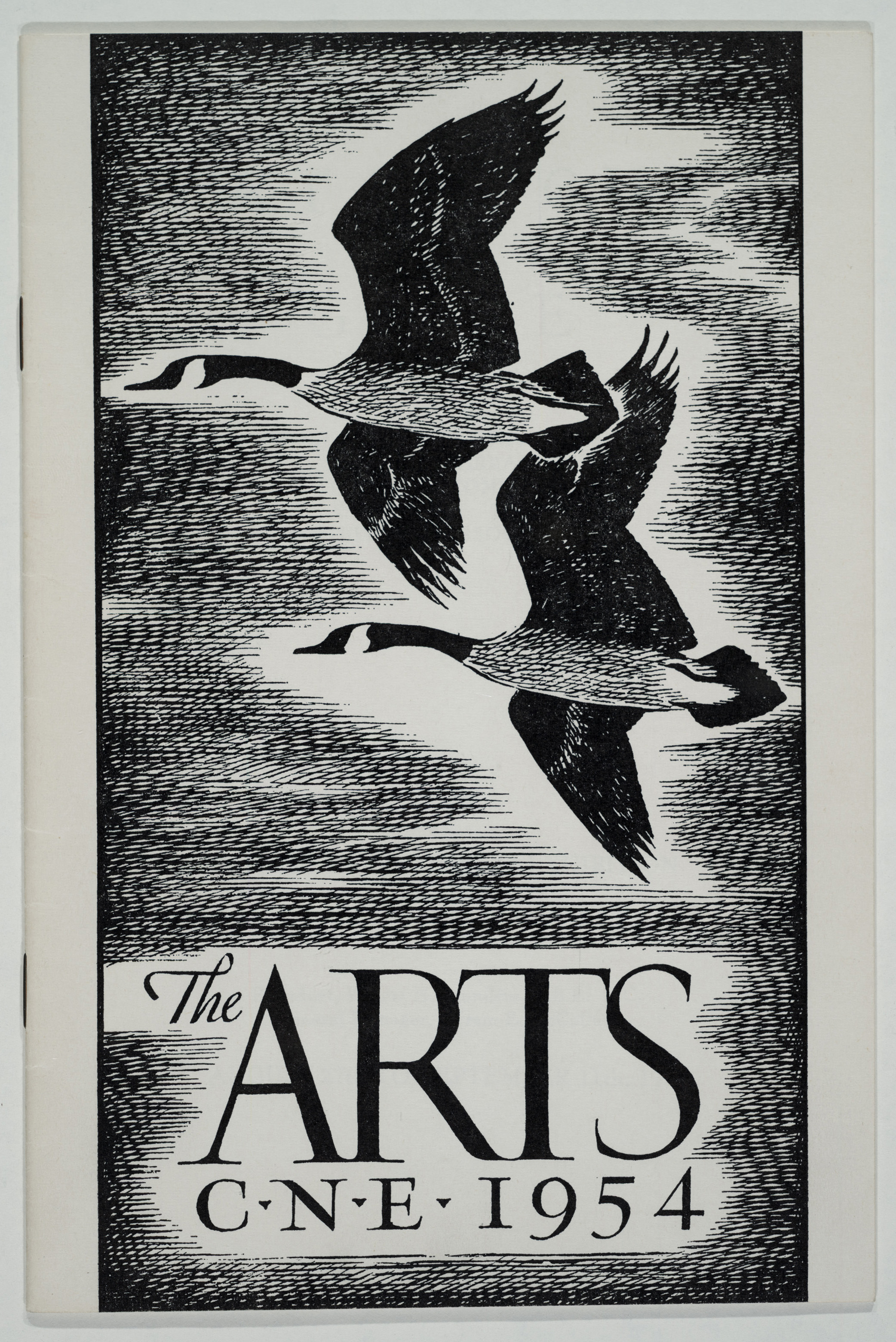
In 1924 his work was exhibited at the Art Gallery of Toronto in the Canadian Graphic Art Exhibition. He made the first of many appearances at the Canadian National Exhibition in 1925, and over the years designed twenty-one covers for its annual Catalogue, in which his own work was often listed.
J.E.H. MacDonald died in 1932. In 1933 his son designed and illustrated a selection of his father’s poetry for The Ryerson Press, called West By East and Other Poems. The twenty drawings were executed in his confident and mature style, and the book was well printed in a limited edition of 500 copies (250 for sale). This was his second commission from a publisher with whom he would have an ongoing relationship.
 In 1933 MacDonald launched Woodchuck Press, his own imprint for which he provided some text, illustrations, and design. As an imprint, but with no printer indicated, it lasted until 1946. The first book was his own A Few of the Old Gates at Thornhill and Some Nearby Farms, Carefully Drawn by Thoreau MacDonald. He published more of his father’s poems as Village & Fields (1933). These publications were limited to about 200 copies, as were A Year on the Farm (1934) and Some Tools of the Pioneers (1936); all celebrated the fast disappearing rural life of the Thornhill area.
In 1933 MacDonald launched Woodchuck Press, his own imprint for which he provided some text, illustrations, and design. As an imprint, but with no printer indicated, it lasted until 1946. The first book was his own A Few of the Old Gates at Thornhill and Some Nearby Farms, Carefully Drawn by Thoreau MacDonald. He published more of his father’s poems as Village & Fields (1933). These publications were limited to about 200 copies, as were A Year on the Farm (1934) and Some Tools of the Pioneers (1936); all celebrated the fast disappearing rural life of the Thornhill area.
During this period Thoreau MacDonald established his reputation as a commercial designer and illustrator. In 1925 he provided eleven drawings for Brother Marie Victorin’s The Chopping Bee and Other Laurentian Stories (Musson) and twenty-one for David A. Dunlap’s privately published Shahwandahgooze Days. He 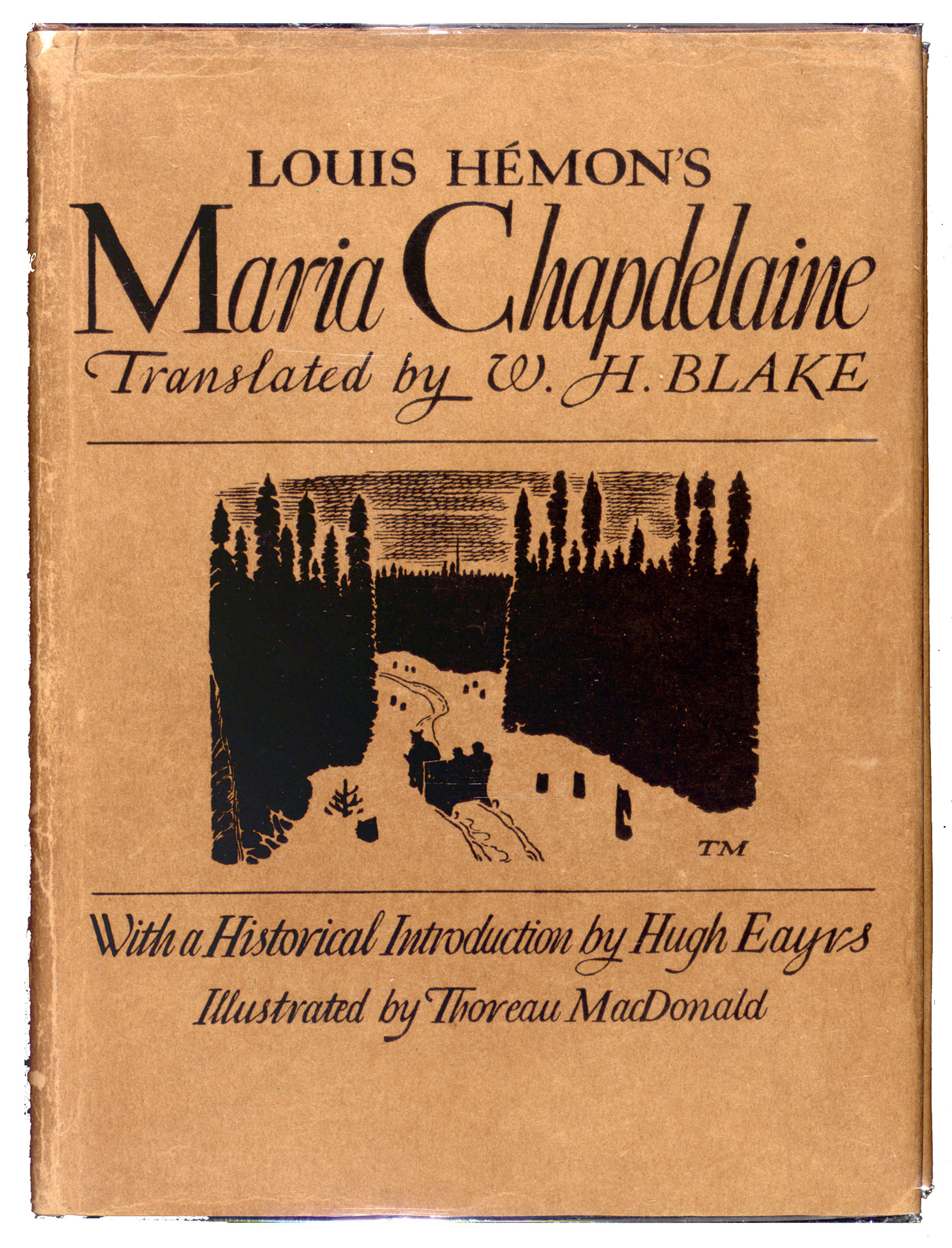 designed and decorated Wilson MacDonald’s An Ode on the Diamond Jubilee of Confederation (1927) and illustrated E.J. Pratt’s The Iron Door (1927). His drawings for Ronald K. Gordon’s A Canadian Child’s ABC (1931) were among his most delightful, and Ryerson commissioned him to design and decorate Charles G.D. Roberts’s The Iceberg, and Other Poems (1934). MacDonald’s greatest challenge as a book illustrator (and his favourite work, despite some misgivings about the quality of reproduction), was Maria Chapdelaine (Macmillan, 1938), Louis Hémon’s iconic Quebec novel. Other large commissions came in 1944 from the Caxton Printers of Caldwell, Idaho, and from Macmillan of Canada for thirty-two drawings to illustrate Marius Barbeau’s Mountain Cloud.
designed and decorated Wilson MacDonald’s An Ode on the Diamond Jubilee of Confederation (1927) and illustrated E.J. Pratt’s The Iron Door (1927). His drawings for Ronald K. Gordon’s A Canadian Child’s ABC (1931) were among his most delightful, and Ryerson commissioned him to design and decorate Charles G.D. Roberts’s The Iceberg, and Other Poems (1934). MacDonald’s greatest challenge as a book illustrator (and his favourite work, despite some misgivings about the quality of reproduction), was Maria Chapdelaine (Macmillan, 1938), Louis Hémon’s iconic Quebec novel. Other large commissions came in 1944 from the Caxton Printers of Caldwell, Idaho, and from Macmillan of Canada for thirty-two drawings to illustrate Marius Barbeau’s Mountain Cloud.
E. Robert Hunter, a Canadian art historian, published a small book on MacDonald and his work in the Ryerson 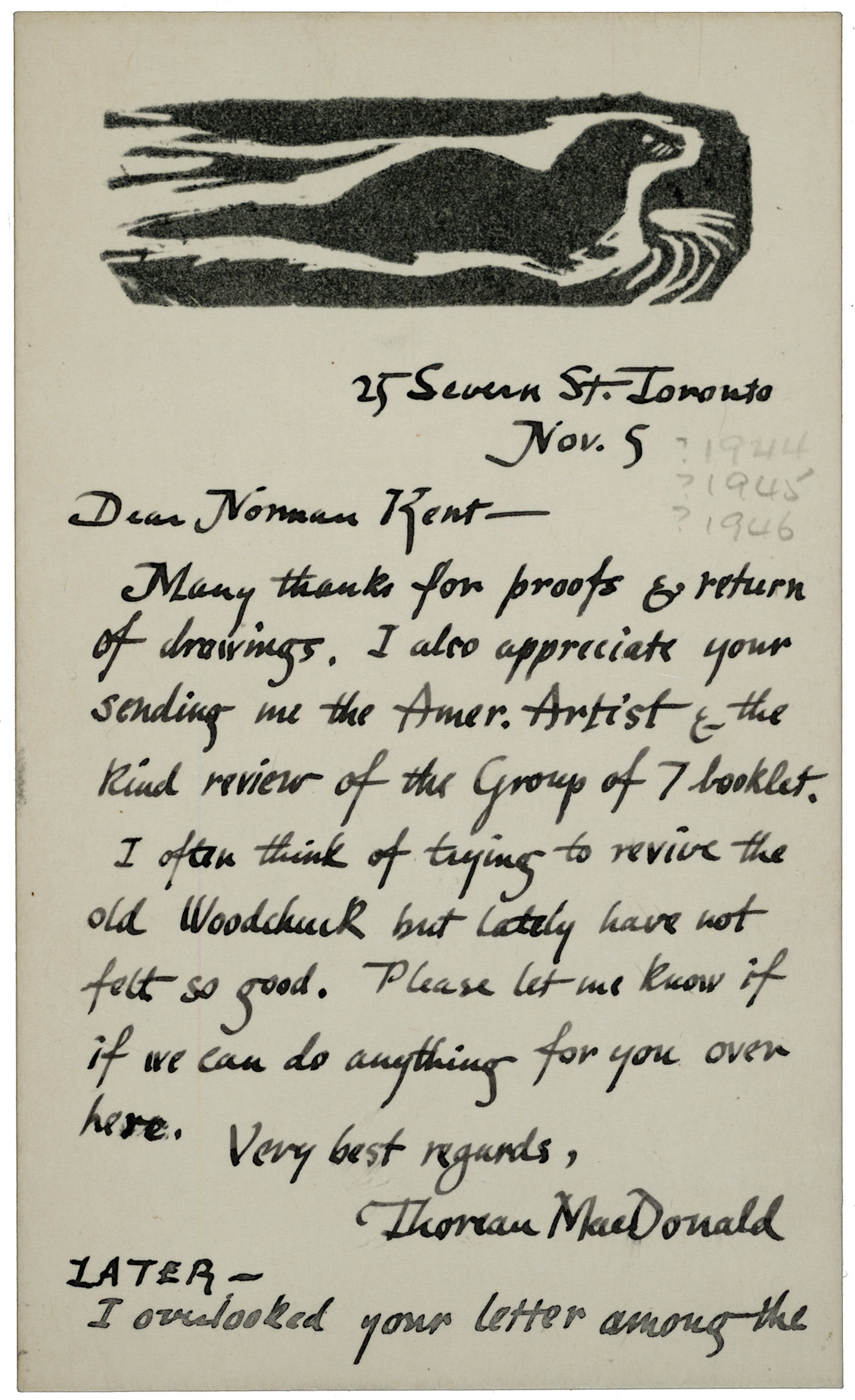 Canadian Art Series (1942), the first extended critical attention he attracted. He also became friends with Ray Nash, who taught at Dartmouth College, and Norman Kent, artist and the editor of American Artist, both of whom became great admirers of his work. This recognition led to further reviews and articles on MacDonald in both Canada and the United States and to more international commissions, such as forty-seven drawings for Henry Beston’s Northern Farm (Rinehart, 1948) and Leslie Roberts’ s The Mackenzie (Rinehart, 1949).
Canadian Art Series (1942), the first extended critical attention he attracted. He also became friends with Ray Nash, who taught at Dartmouth College, and Norman Kent, artist and the editor of American Artist, both of whom became great admirers of his work. This recognition led to further reviews and articles on MacDonald in both Canada and the United States and to more international commissions, such as forty-seven drawings for Henry Beston’s Northern Farm (Rinehart, 1948) and Leslie Roberts’ s The Mackenzie (Rinehart, 1949).
In 1944 MacDonald published his only work of sustained prose, The Group of Seven, for the Ryerson Canadian Art Series. It contained some typically trenchant opinions—the Group, “had some idea that a Canadian rapids or rail fence, seen through clear Canadian air, was as worthy a subject 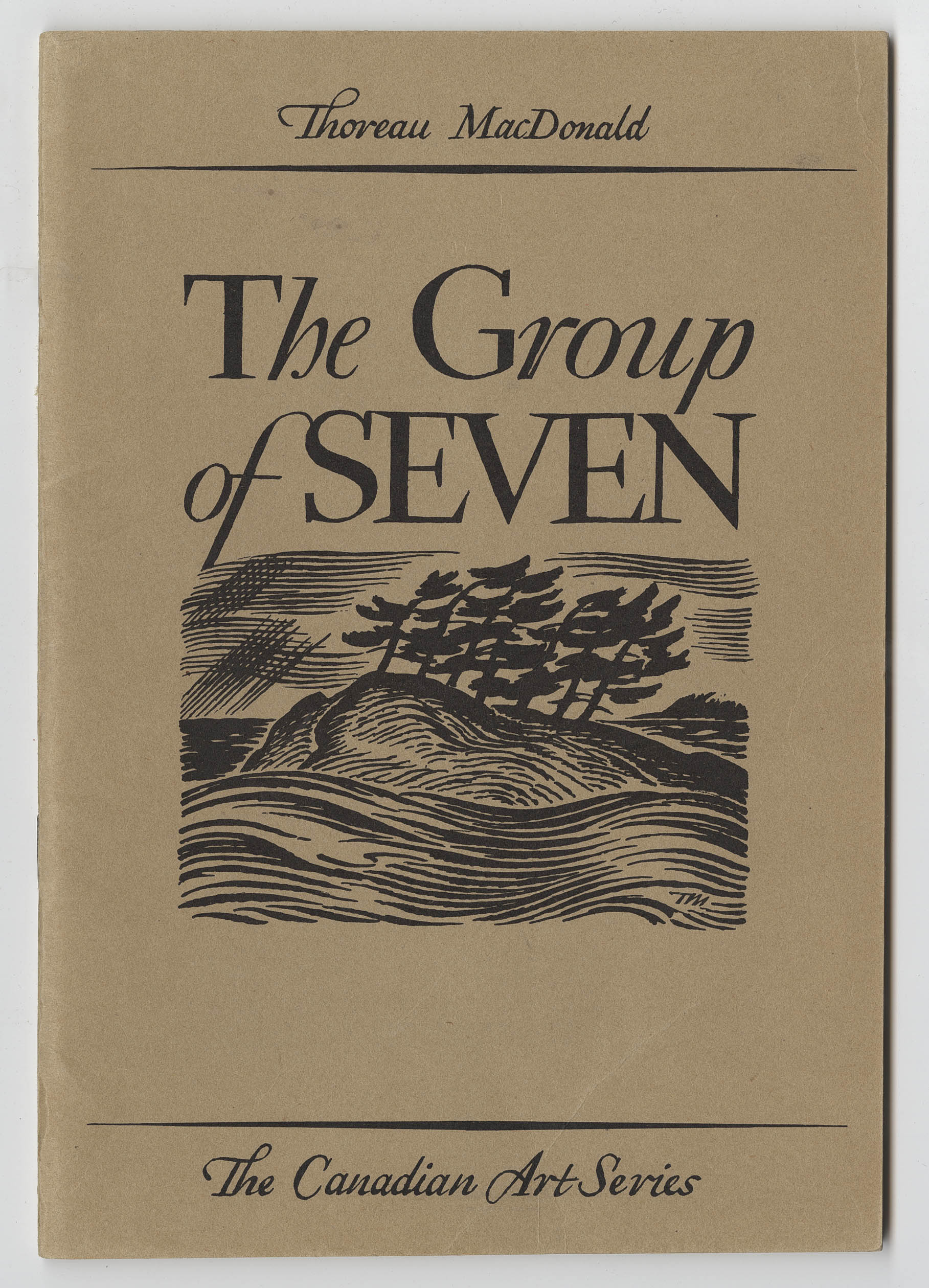 as a foggy Dutch canal or misty English hedgerow.” This modest contribution to Canadian art history was apparently appreciated as ten editions were published up to 1972. He continued to provide illustrations and designs for the works of Canadian writers such as Duncan Campbell Scott, A.M.Klein, and Earle Birney. Two rural-themed books whose contents particularly resonated with MacDonald were Andy Clarke and His Neighbourly News (1949) and Country Hours, by Clarke Lock (1959). His drawings also appeared in three books for boys by Jack Hambleton, published by Longmans, Green: Forest Ranger (1948), Young Bush Pilot (1949), and Abitibi Adventure (1950). His association with Ray Nash resulted in Thoreau MacDonald’s Drawings for Dartmouth (1950), printed by Roderick Stinehour at his North Country Press.
as a foggy Dutch canal or misty English hedgerow.” This modest contribution to Canadian art history was apparently appreciated as ten editions were published up to 1972. He continued to provide illustrations and designs for the works of Canadian writers such as Duncan Campbell Scott, A.M.Klein, and Earle Birney. Two rural-themed books whose contents particularly resonated with MacDonald were Andy Clarke and His Neighbourly News (1949) and Country Hours, by Clarke Lock (1959). His drawings also appeared in three books for boys by Jack Hambleton, published by Longmans, Green: Forest Ranger (1948), Young Bush Pilot (1949), and Abitibi Adventure (1950). His association with Ray Nash resulted in Thoreau MacDonald’s Drawings for Dartmouth (1950), printed by Roderick Stinehour at his North Country Press.
In 1951 Ryerson published, in an edition of about 500 copies, Woods and Fields; 70 Drawings by Thoreau MacDonald, a retrospective of unpublished work in his most accomplished and recognizable style. The book’s design was very reminiscent of the Woodchuck Press productions of the 1930s and launched another series of books which were essentially privately published, but printed by Tex Mitchell and DM Press. Thirteen years later MacDonald produced, in a small edition, 54 Old Houses, Mostly from Farms in the Thornhill, Toronto Area, an unusual book for him in that it contained not drawings but 66 Depression-era photographs. They were “collected" by Thoreau MacDonald, the implication being that he himself took the photographs, of buildings that "were the product of a quiet age, industrious but not industrial.” He produced House and Barn in 1965, which similarly recorded a disappearing landscape.
 Birds & Animals and Birds & Animals, 2nd Series were published in 1968 and 1971, each in an edition of 150 copies. The creatures were freely drawn and usually presented in their natural settings. Modestly, MacDonald remarked, “These drawings are a kind of record of meetings with animals. They are not the work of a naturalist nor an artist just a fond observer.” He was, of course, much more than an observer, and the drawings, lino-cuts, and stencils, forcefully and charmingly demonstrate his deep understanding and affection for wild animals. His last book, Farm Drawings (1971), was limited to 150 copies. It is a retrospective work, ‘“mostly old drawings, remnants from a happier time,” and spans the fifty-year period from 1922 to 1971, including many of his favourite images of horses.
Birds & Animals and Birds & Animals, 2nd Series were published in 1968 and 1971, each in an edition of 150 copies. The creatures were freely drawn and usually presented in their natural settings. Modestly, MacDonald remarked, “These drawings are a kind of record of meetings with animals. They are not the work of a naturalist nor an artist just a fond observer.” He was, of course, much more than an observer, and the drawings, lino-cuts, and stencils, forcefully and charmingly demonstrate his deep understanding and affection for wild animals. His last book, Farm Drawings (1971), was limited to 150 copies. It is a retrospective work, ‘“mostly old drawings, remnants from a happier time,” and spans the fifty-year period from 1922 to 1971, including many of his favourite images of horses.
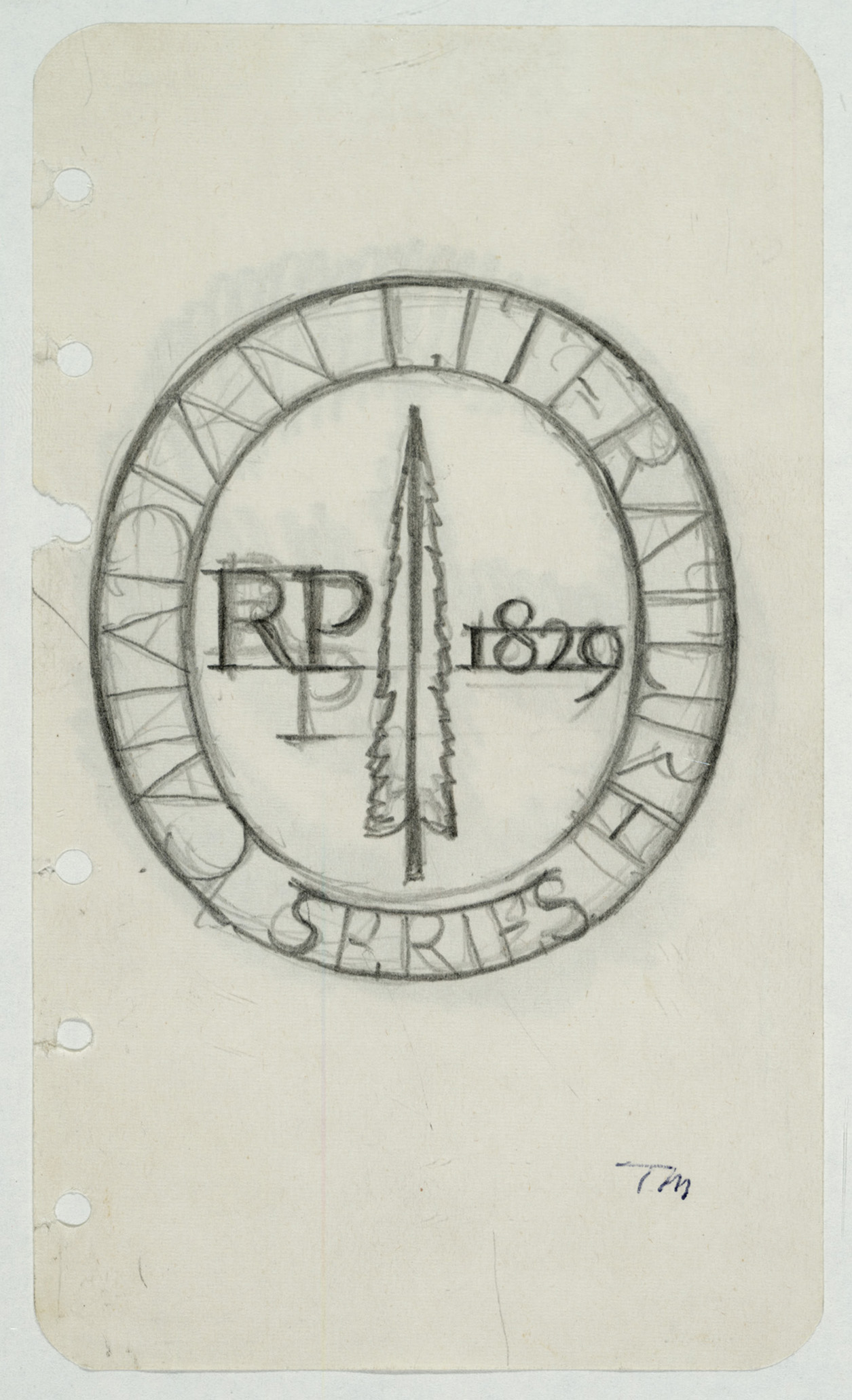 Thoreau MacDonald was a self-taught artist, but, of course, the most profound influence on his work was that of his father. From him, Thoreau MacDonald imbibed the principles of graphic design and book illustration that were part of the Arts and Crafts movement in England in the early twentieth century, especially the lettering of Edward Johnston. From the time he had to assist his ailing father MacDonald continually practiced his profession. Held in high esteem by fellow artists, publishers, and book lovers, MacDonald was able to adapt his sources of inspiration to the depiction of rural Ontario in a uniquely recognizable style. This was his great achievement as an artist.
Thoreau MacDonald was a self-taught artist, but, of course, the most profound influence on his work was that of his father. From him, Thoreau MacDonald imbibed the principles of graphic design and book illustration that were part of the Arts and Crafts movement in England in the early twentieth century, especially the lettering of Edward Johnston. From the time he had to assist his ailing father MacDonald continually practiced his profession. Held in high esteem by fellow artists, publishers, and book lovers, MacDonald was able to adapt his sources of inspiration to the depiction of rural Ontario in a uniquely recognizable style. This was his great achievement as an artist.
Edison, Margaret E. Thoreau MacDonald : A Catalogue of Design and Illustration. Toronto: University of Toronto Press, 1973.
Thoreau MacDonald papers, Thomas Fisher Rare Book Library, University of Toronto









!["A harvest of books by French writers in Canada", True North, March [197-?]](/sites/default/files/styles/thumbnail/public/canpub/CP01111.jpg?itok=EiWBhVO_)





